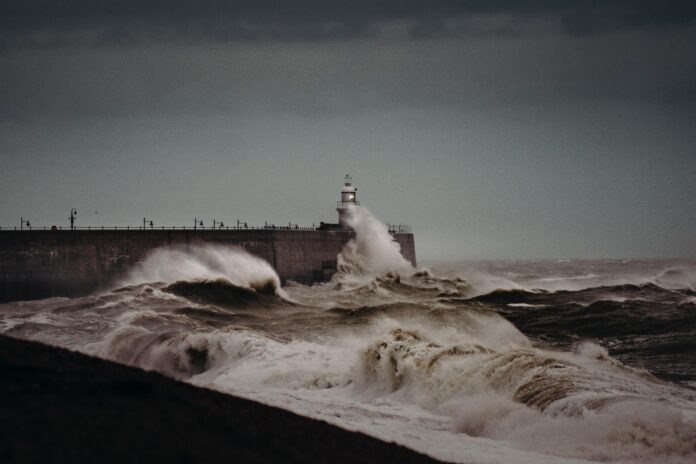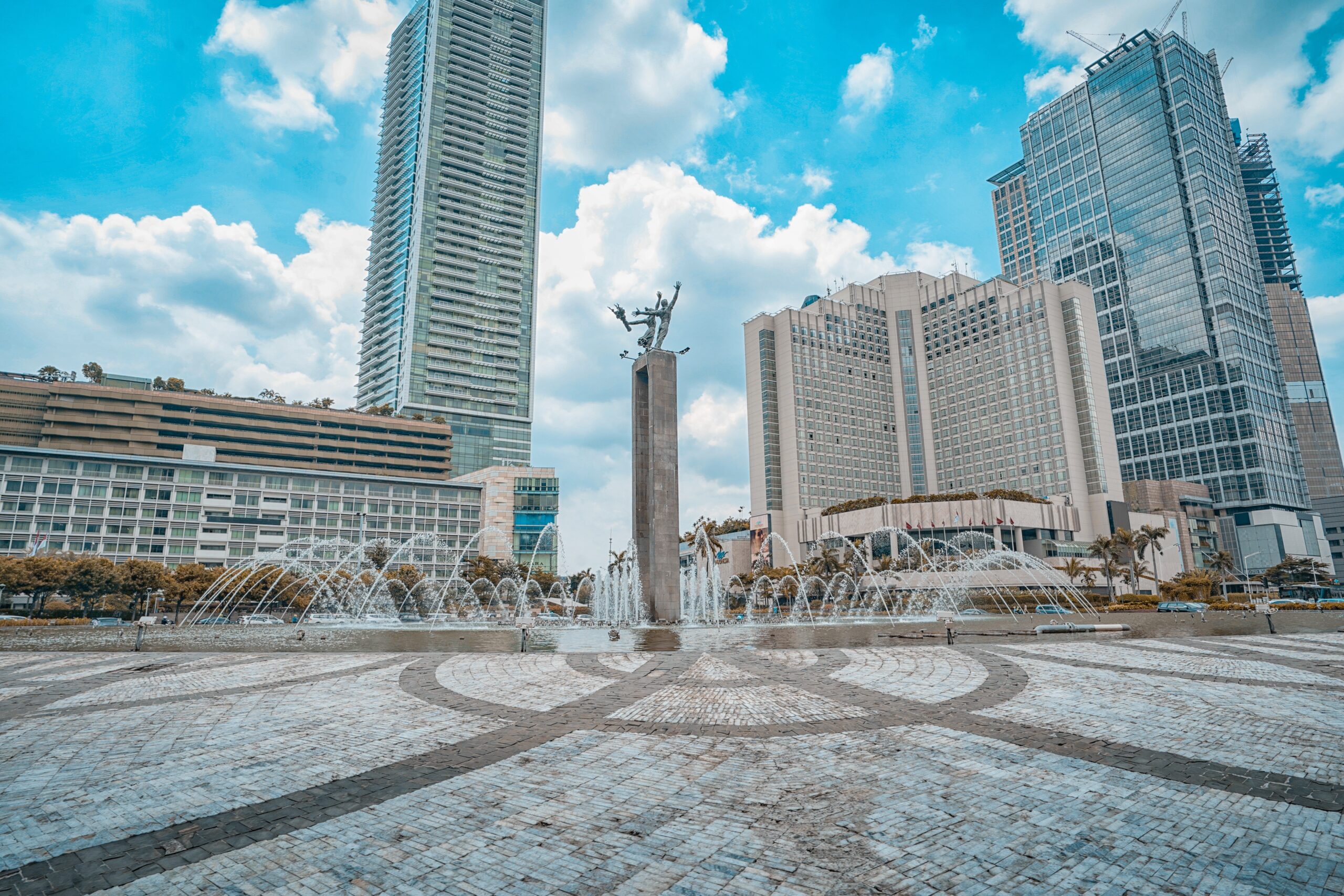
The Meteorology, Climatology, and Geophysics Agency (BMKG) reminded the public of the potential for Tropical Cyclone Freddy in southern Java and most of Bali. This condition can trigger higher and more frequent rainfall accompanied by strong winds in the next few days. What exactly is this phenomenon?
Head of the Data and Information Center Section of the BMKG Climatology Station Hadi Saputra, said that Tropical Cyclone Freddy had an indirect influence on the southern region of Java. The effect in question is more frequent rainfall and stronger winds than usual.
Furthermore, BBMKG Region III Denpasar Weather Forecaster, I Gede Agus Mahendra, explained that Skilon Freddy also hit the Bali area in general. It may cause the potential for light to moderate rain in most areas of Bali in the afternoon and evening.
What Exactly Is the Tropical Cyclone Freddy?
Tropical cyclones are storms of great strength. They are also called tropical storms or typhoons (typhoons) if they form in the western Pacific Ocean. They are called cyclones (cyclones) if they form around India or Australia. Then, they are called hurricanes if they form in the Atlantic Ocean.
Tropical cyclone Freddy is a tropical cyclone that formed in the southern Indian Ocean on February 7 2023 and is moving westward, as quoted from the Pacific Disaster Center website.
The average radius of a tropical cyclone is 150-200 km. Usually, tropical cyclones form over large oceans where the surface temperature is warm, around 26.5 °C. Well, strong winds rotating near the center have wind speeds of more than 63 km/hour, as quoted from the BMKG’s TCWC page.
Technically, a tropical cyclone is a synoptic scale non-frontal low-pressure system that grows over high waters with convective cloud cover, with wind speeds of at least 34 knots in more than half of the area surrounding its center. Tropical cyclones last at least 6 hours.
The average life span of a tropical cyclone is 3-18 days. Tropical cyclone energy is obtained from warm oceans so that tropical cyclones will weaken or disappear when they enter cold waters or land.
This phenomenon is known to attack most areas in Java and Bali. Therefore, the BMKG asked the public to be careful with unpredictable weather.





















